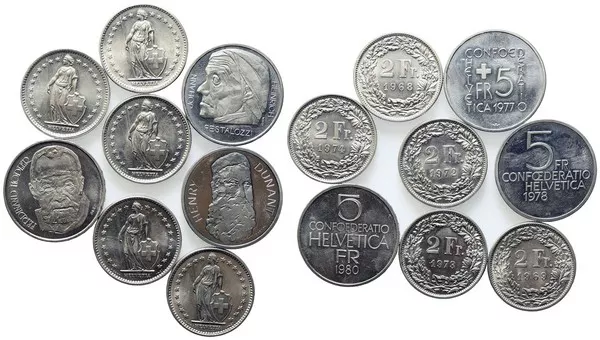Despite some yield relief helping the S&P P500 bounce off 4200 and the dollar strength abate, it’s easier to assume investors’ risk appetite may continue to decline, especially with risk-off indicators turning negative for the first time in months. Given the current geopolitical backdrop( both the Middle East and China), it’s hard to see how the switch can flip the other way quickly.
Most conversations are now pointing to concerns related to “Global Growth” and “Monetary Policy.” Volatility increased across various venues, but equities are experiencing a more significant increase in volatility compared to rates, especially at the front end of the yield curve. Geopolitical concerns and a weaker growth outlook are seemingly weighing more heavily on equities.
Geopolitical risks have led to divergent movements in commodity markets. Oil prices rallied last week, with WTI nearing $90 per barrel. While geopolitical tensions have contributed to a rising geopolitical risk premium for oil, no physical oil supply disruptions have occurred, taking some of the heat out of the rally.
Still, the potential barriers to deploying OPEC spare capacity represent the main upside risk to oil prices. Otherwise, oil bulls are living life vicariously on the geopolitical risk premium.
Gold benefited and remained firmly bid from rising geopolitical tensions and recorded a substantial rise last week. However, the absolute demand for gold still appears thinner than in previous geopolitical events like the Russian invasion of Ukraine. This may be partly due to the impact of rising U.S. real interest rates, which have been a drag on gold performance this year.
Despite increased market volatility, implied volatility for “safe haven” assets remains relatively low compared to past events
Swiss Franc (CHF) continues to be seen as the best hedge against geopolitical risk despite the potential intervention of the Swiss National Bank (SNB) to counter rapid currency movements.
Bitcoin prices surged to their highest level in over a year, reaching a peak of $34,332.67, amid growing exhilaration among investors regarding the potential approval of a bitcoin exchange-traded fund (ETF). This marked the cryptocurrency’s most potent performance since May 2022, when the cryptocurrency market experienced a sharp downturn triggered by the sudden collapse of tokens like luna and terraUSD.
The positive sentiment in crypto markets was fueled by reports that the U.S. Securities and Exchange Commission (SEC) would not contest a ruling favouring Grayscale Investments. This crypto investment group asserted that the SEC had wrongly rejected its application for a bitcoin ETF. Despite this surge, Bitcoin later trimmed some of its gains but remained up and trading bid.

























